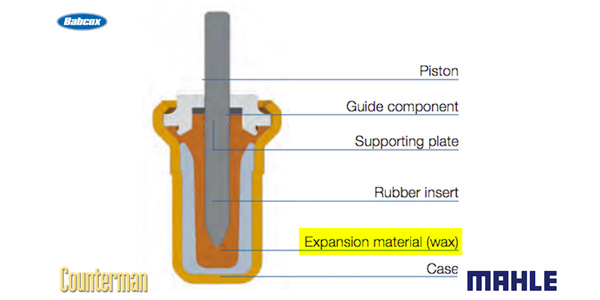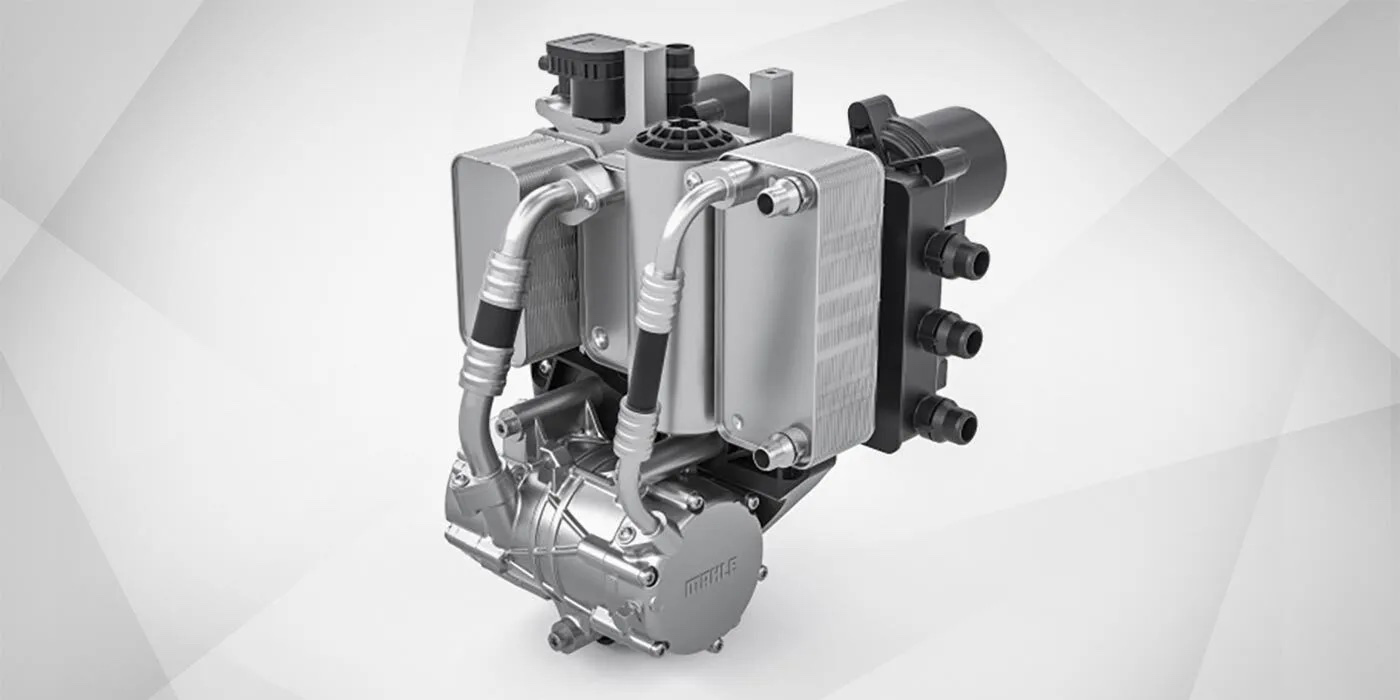This video is sponsored by MAHLE.
Let’s talk about the traditional insert thermostats that most people are probably familiar with. This is a simple device that helps maintain the ideal operating temperature in the engine, regardless of load and regardless of the outside air temperature.
It does this by regulating coolant flow through the engine. The thermostat contains wax that’s compounded to melt at a certain temperature. As the wax melts and expands, it causes the thermostat to open, which circulates coolant through the radiator and back to the engine. As the wax cools and contracts, it causes the valve to close, keeping the coolant in the engine.
But thermostats have evolved over the years. Within the last 15 or 20 years, we’ve seen the emergence of integral thermostats – which include the insert thermostat, cover and gasket in a thermoplastic housing – and housing thermostats, which add a mixing chamber to the device.
The latest iteration is called a map-controlled thermostat, which has an electric thermal resistor integrated into the wax element. This advanced device can turn on and turn off based on signals sent by the engine control unit, which is programmed to analyze the throttle position, ambient air temperature and other conditions that would require the thermostat to activate.
A map-controlled thermostat helps to maintain higher part-throttle operating temperatures and reduce coolant temperatures at full throttle. The results are greater engine output, reduced emissions and better fuel economy.
The bottom line is thermostat technology is changing and giving more control to the engine computer, which is a good thing for your gas mileage.










